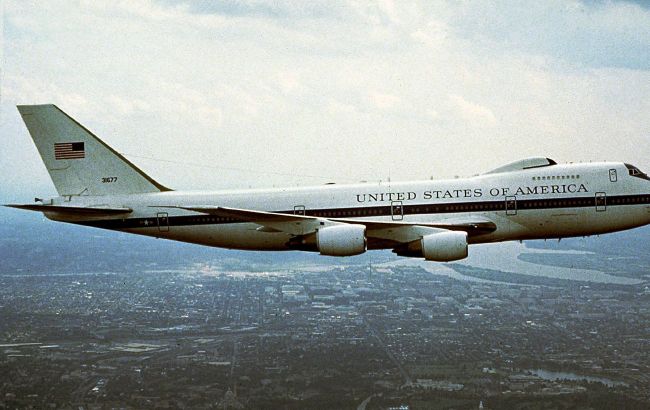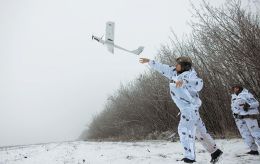U.S. develops a new doomsday plane
 The U.S. is developing a new doomsday plane for the next 50 years (photo: wikimedia.org)
The U.S. is developing a new doomsday plane for the next 50 years (photo: wikimedia.org)
The United States plans to update the Doomsday Planes. The fleet was last modernized in the early 1970s, according to Reuters.
Boeing confirmed that the U.S. Air Force has excluded it from the competition to develop the successor to the E-4B Nightwatch plane. This decision was unexpected and may impact the competition for the creation of the new plane known as the 'Doomsday Plane' due to its ability to survive a nuclear war.
As a result, the private defense contractor Sierra Nevada Corp will remain the only company publicly vying for the contract to create the Survivable Airborne Operations Center (SAOC), which will replace the fleet used since the 1970s.
The U.S. Air Force plans to allocate $889 million in the fiscal year 2024 for the continuation of the development of the new SAOC center. The Air Force intends to spend $8.3 billion on this program by the fiscal year 2028.
Currently, the U.S. Air Force operates four E-4B aircraft, one of which is constantly on standby for takeoff. These aircraft, based on Boeing 747-200 airliners, were built in the 1970s and are gradually aging. Therefore, the U.S. Air Force plans to retire them in the early 2030s.
Doomsday Plane
In the event of a nuclear war, the Doomsday Plane is an airborne command center designed to manage the United States Armed Forces.
Constructed with reinforced materials, the aircraft is capable of withstanding the impact of a nuclear explosion. It is also equipped with protection against electromagnetic pulses (EMP), shielding it from the effects of radioactive radiation.
Inside the aircraft, a sophisticated array of equipment enables top-level U.S. command to oversee military forces during nuclear warfare. The plane features state-of-the-art communication tools that allow it to maintain connectivity with various parts of the world. Additionally, it is outfitted with weapon control systems, providing command over both airborne and ground forces.
The E-4B aircraft is typically on constant standby for immediate deployment. It can be airborne within minutes of receiving a signal indicating a nuclear attack. With the ability to remain airborne for several days, the aircraft can continue operations even in the face of infrastructure destruction.

